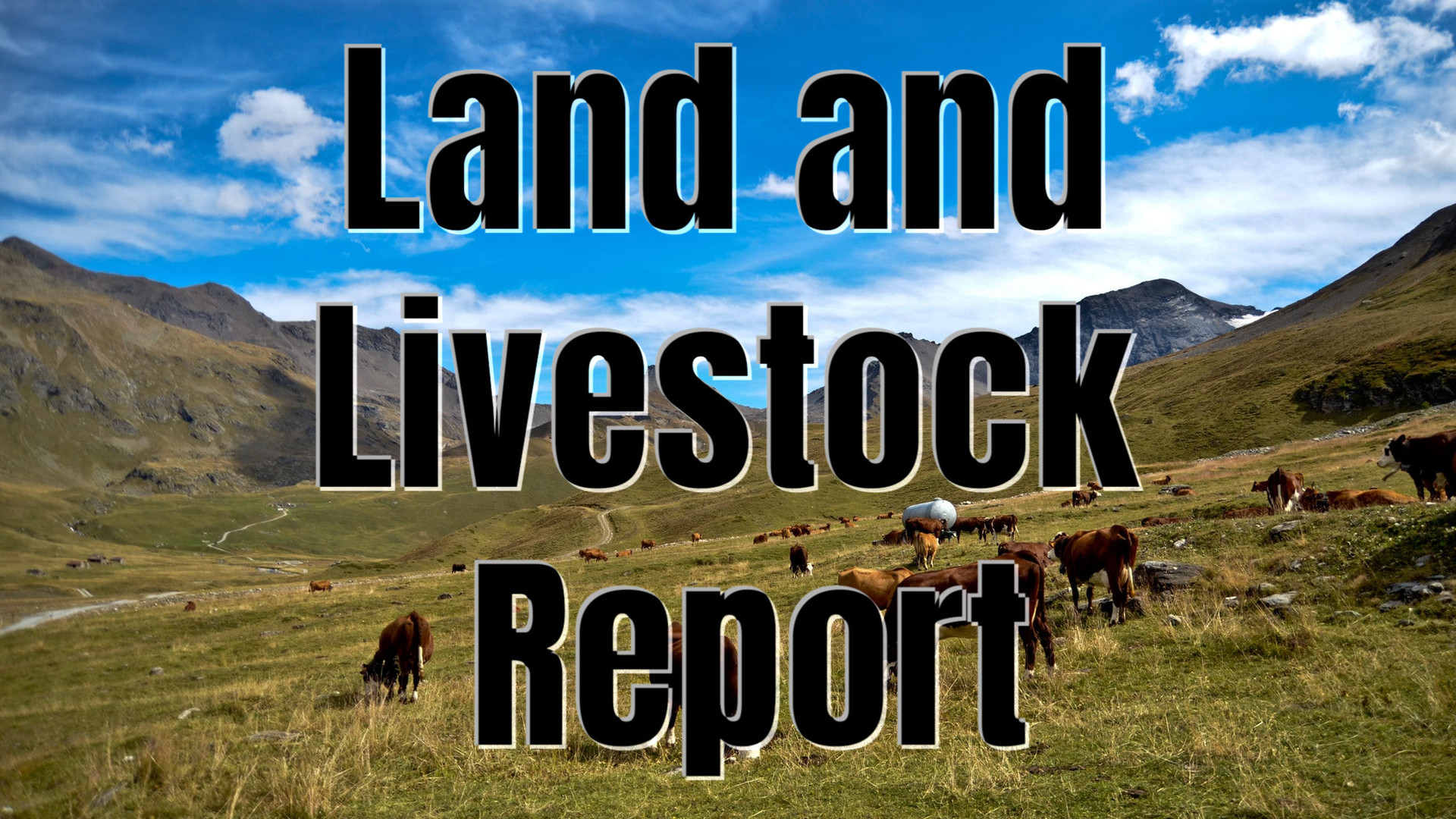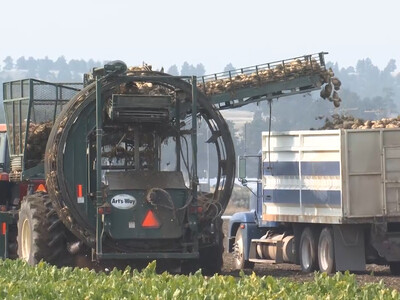Decline In Mule Deer Numbers
If you love the outdoors like I do, you don’t want it to change, often that’s not a reality. I was fly fishing a favorite stream Sunday and disgusted to find beer cans, garbage and cigarette butts in what for years had been a pristine environment. I’m Susan Allen and I’ll be back with Open Range. Many of you, like me, have memories of favorite hunting and fishing adventures that we’ll never be able to share because they no longer exist. One soon could be mule deer hunting. Mule deer numbers throughout the west are declining in rates that are alarming. Habitat loss is a major factor especially in Oregon’s High Desert region, but also are changes in predators and loss of funding in federal and state wildlife budgets. To help restore mule deer numbers Oregon Fish and Wildlife earmarked five wildlife management areas and partnered with the The Mule Deer Foundation to try innovative projects that include clearing invasive sage brush and weeds. Units under study are Heppner, Murderers Creek, Maury, Steens and Warner. Habitat loss can also be caused by overgrazing, fires, fire suppression, even natural changes. Hunters who are complaining about declining mule deer numbers should get involved. I am constanlty hearing that the future of hunting could be in jepardoy because youth today aren’t interested in the sport. The flip side is unlike past generations the majority of hunters today are only interested in hunting not helping make things better. If you hunt mule deer consider dedicating one weekend to work on habiat restoration. Contact the Mule Deer Foundation or your State’s Fish and game biologist, they’ll plug you in. I’m Susan Allen


















